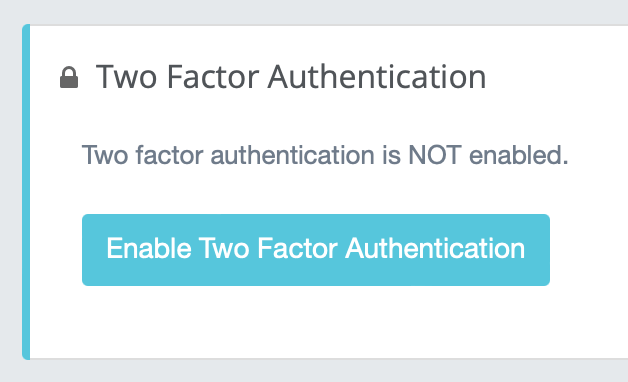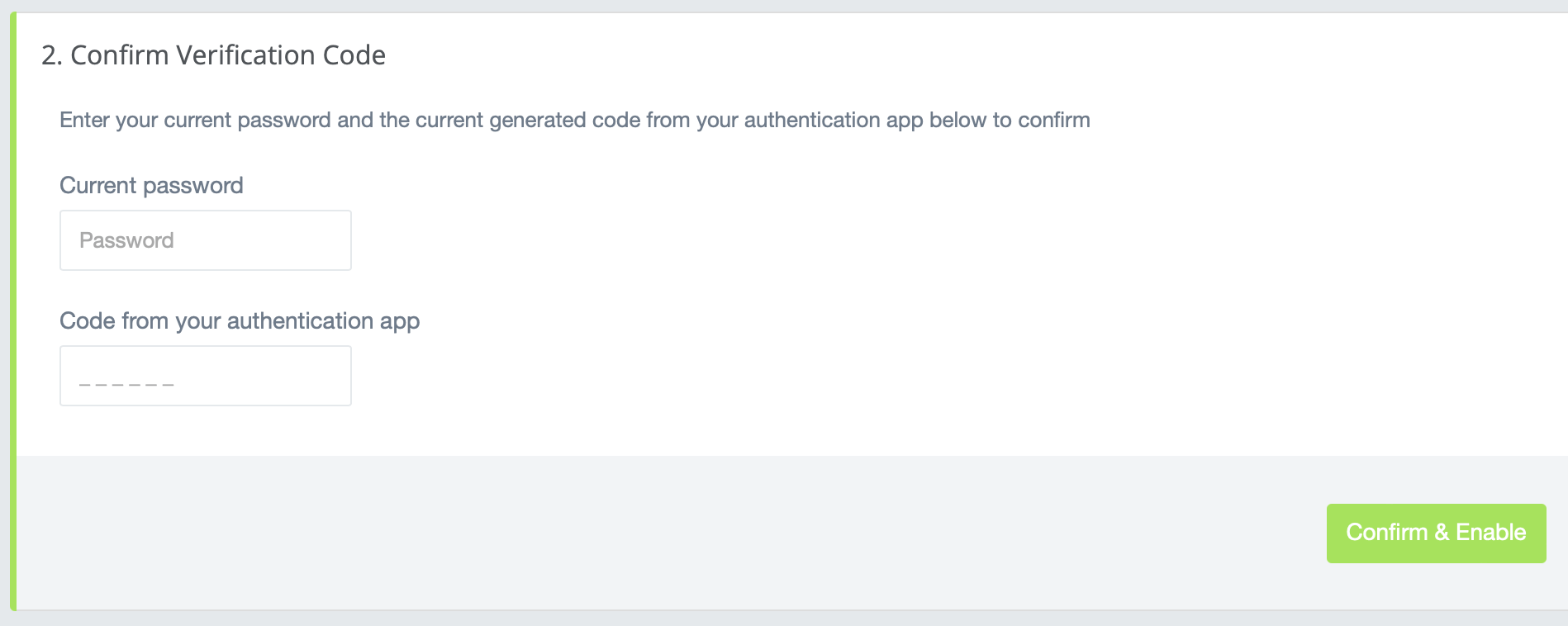Cybersecurity Best Practices For CRM
The glory days of thinking up a simple password like BusyBee3 and using it for all your services are sadly over. These days that 8 character password can be cracked with brute force in a matter of minutes. But creating a strong password is just the tip of the cyber iceberg. The entire cyberg can be a bit overwhelming, so rather than cover every detail let's focus on the first few steps that every CRM user can take to raise their security game from rookie to rising star. But let's see if we can do it in a way that actually makes things both more secure as well as less work for you. As they say, "knowing more is doing less."
Use Strong Passwords
Back to the tip of the iceberg: strong passwords. This one is fortunately pretty simple. It's all about length. Well mostly. In general, each additional character you add to your passwords will create the biggest difference in terms of its strength...much more so than say using a number instead of a letter. For example, a 16 character, letters-only password is 8 million times harder to guess than a 12 character password. On the other hand, a 12 character password with numbers is only 8 times harder to crack than a 12 character letters-only password. Long story short: it's better to think of a password as a passphrase...and if you can also add just a little extra complexity then it will help fend off any dictionary-based cracks. So a strong passphrase that is relatively easy to remember might be something like RaisingUpFor3Bang!It'sGood. This 26 character passphrase checks all the boxes: 1) it's long, 2) it has just a bit of complexity, 3) it's relatively easy to remember.
Don't Re-use Passwords
Now you might be thinking, "Nah man. I don't want to be typing a book on my phone just to sign in...and now you're telling me I'm going to need to remember dozens of long passphrases? I'm going to stick with BusyBee3 bro." Well, I have good news for you. This problem was solved over a decade ago, and its solution is a password manager app.
Password manager apps will both simplify your life by greatly reducing the number of passwords you need to memorize (down to as little as one), as well as take your security game up a notch by making it dirt simple to use strong + unique passwords across every service you use. And when you sign in to a service from your phone, you may not even need to type anything since you can authenticate into your password manager with your fingerprint or face and then it will automatically enter your username and password for you...and even press the sign in button. There are many great password managers these days such as 1Password and LastPass. They also integrate seamlessly into your web browser and mobile devices.
Two Factor Authentication
This brings us to two factor authentication (2FA), which is also referred to as multi factor authentication (MFA). Again, I know what you might be thinking, "Hold up Bro Jackson. I need to be good at passwords and something else?" Well, yes and no. I say yes because 2FA does add a second step after you enter your password where you then enter a special one-time code generated from somewhere else. But I say no because if you use a quality password manager, it will enter this one-time code for you so you don't need physically perform any extra steps. This type of two factor authentication is technically called a software-generated time-based, one-time passcode (TOTP) and is currently the preferred method for 2FA over the other types such as SMS text message or "secret questions" like when you sign in somewhere and then it asks you what city were you born in.
Let's make this a bit more concrete and see how you can easily enable & use 2FA in Outfield's CRM. First, you can enable 2FA at the bottom of My Preferences in the Outfield web app by clicking the Enable Two Factor Authentication button.

It will then generate a special code for you that you can scan as a QR code using your password manager (or an authenticator app such as Google Authenticator).

Last step, confirm your current password and enter the current generated code from your password manager (or authenticator app) and click the Confirm & Enable button.

That's all there is to it. Now whenever you sign in to the Outfield web or mobile apps it will ask you to enter a one-time code generated from your password manager (or authenticator app) after entering your regular username and password. Again, if you use a quality password manager, it will enter it for you.

Additional Tips & Resources
Between using strong passwords, unique passwords, password manager apps, and two factor authentication you should be well on your way to leveling up your cybersecurity skills when using CRM or any other service or app. From here, I suggest you have a look at other best practices for security on the internet. Here are a few to get you started:
- Keep all your apps and device operating systems up to date
- Use a VPN especially when on public wifi and even avoid public wifi whenever possible
- Avoid opening suspicious emails
- Use a secure file sharing & messaging solution
- Check links before you click
- Disable bluetooth when you don't need it
- Make sure important data is backed up regularly and securely
Here at Outfield, we are constantly working to preserve our industry leading security program and remain current with state of the art security practices. We are committed to inspiring trust and protecting the privacy of our customer’s data so our customers can concentrate on their business. It is this commitment that motivates our decision making every day and our team holds this responsibility in the highest regard. For more on Outfield's security policy, check out our Security Summary.
Updates/Features